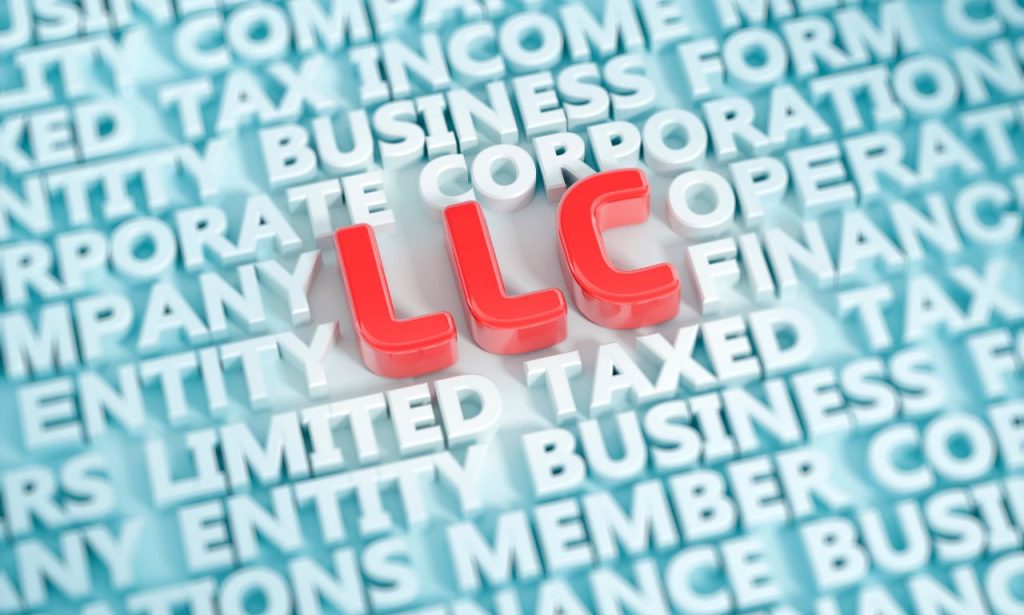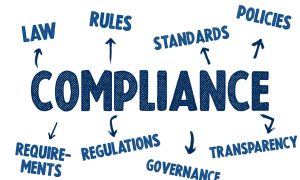Starting a business is exciting, but there comes a time in some entrepreneurs’ journeys when the need to dissolve an LLC arises. Knowing how to close down a limited liability company (LLC) properly is essential to preserving the process’s effectiveness and legality, regardless of financial limitations, a change in the company’s objectives, or simply the passing of time for any business. This article explains how to dissolve an LLC step by step, including voting, notifying creditors, and filing final paperwork.
Step 1: Vote to Dissolve the LLC
If your LLC is a Single-Member LLC, the decision is yours alone. However, multi-member LLCs must vote on dissolution according to the operating agreement’s provisions. If your operating contract does not specify instructions regarding dissolution, state law generally provides a default procedure.
Remember that it’s generally best to have a meeting, even a virtual one, to discuss the reasons for dissolution. Open discussion among all members is essential. In some cases, you may have to get unanimous consent from all members, especially if necessary in the operating agreement. Remember, though this process is simple, it is essential to follow the exact formalities so that you do not run into issues later.
Step 2: Notify Creditors and Claimants

This is important because creditors must be allowed to make claims against the LLC’s assets. Failing to notify them properly may leave you open to future disputes.
Send written notices, often via certified mail, to all creditors, letting them know that the LLC is dissolving and explaining any next steps for outstanding payments. Depending on state law, you may also need to publish a notice in a local newspaper. This is to ensure that anyone who may have claims against the LLC has a chance to come forward.
Step 3: File Final Tax Returns and Obtain Tax Clearance
The IRS requires that you check the box indicating that your business is “dissolved” when you file your final tax return. In many states, you will also need to apply for a Tax Clearance Certificate, which is a document that proves all outstanding taxes have been paid. This part of the process can be time-consuming, especially if there are discrepancies in your financial records. However, it’s a crucial step. If you neglect to file final tax returns or clear any outstanding tax obligations, your LLC could be legally bound to the state for future liabilities.
Step 4: Sell and Distribute Business Assets
This includes selling business property, inventory, and any other physical or intellectual property owned by the LLC. These assets should be sold off to pay any remaining debts. If there are profits from these sales, they can be distributed among the LLC members based on the operating agreement or, in the case of a Single-Member LLC, as you see fit.
Be sure to follow state laws when distributing assets, as this process can vary depending on where the LLC is registered. The winding-up process involves liquidating the LLC’s assets, settling all outstanding debts, and distributing any remaining assets to the owners.
Having gone through the asset distribution process twice in my entrepreneurial career, I’ve discovered how important it is to be thorough. Transferring ownership of business assets requires a lot of legal paperwork, but it’s worth ensuring the book covers everything. Whether selling off equipment or allocating profits, every step needs to be done with care.
Step 5: Notify Licensing Authorities
Dissolving an LLC involves giving notice to the appropriate licensing authorities. This ensures that licenses issued under your LLC name are closed out or transferred so you don’t incur future penalties or fines from continued business activity under a dissolved company.
Step 6: Handle Any Other Outstanding Matters

Contracts, leases, and other outstanding business obligations can all be terminated this way. Before the business formally closes, determine if your independent contractors or employees need severance pay or other considerations. It’s also good to check your company’s credit cards and bank accounts to ensure all transactions have been completed. Ensure all outstanding debts are paid off and close any no longer required accounts.
Step 7: File Articles or Certificate of Dissolution
Articles of Dissolution must be filed in order to accomplish this. This document notifies the state that the company is no longer in operation. Usually, you will submit this form to the appropriate state business division or the Secretary of State office in your state. This step might come with a filing fee, and it’s essential to verify the processing times, which can range from two to three business days to several weeks.
Step 8: Distribute Assets
Once the formal paperwork is filed, you can begin distributing the remaining assets. This step can sometimes be complicated if there are disputes or if certain members are entitled to specific assets. Be sure to follow the instructions in your LLC’s operating agreement or consult a legal professional if there are complex distribution issues.
Having good legal advice can pay off. Whether splitting assets among business partners or selling property, you’ll want to ensure everything is done according to the law.
Step 9: Complete the Winding-Up Process
The LLC is currently winding up following asset distribution and completing any outstanding debts or legal requirements. This involves ensuring all debts are paid off, and the LLC’s books are appropriately closed. It is the time frame during which the LLC stops operating.
In this step, you’ll want to ensure that all final documents are filed and that the dissolution has been properly recorded with the state. You also need to keep records of everything in case of future legal or financial inquiries. Proper documentation can protect you against potential liability.
Step 10: File a Certificate of Termination
Once all the steps above are completed, the final step is to file a Certificate of Termination with your state’s business authority. This officially ends the existence of the LLC. While not all states require this final filing, ensuring that your LLC is fully dissolved and removed from the state’s records is good practice.
Conclusion
An LLC’s dissolution is a formal, frequently challenging procedure that requires careful consideration. Every step is necessary to ensure that the business is legally dissolved and that there are no unpaid debts, from voting to dissolve the LLC to submitting the required paperwork. To avoid complications, be sure to follow the instructions in this guide. Use a professional business filing service or speak with a business dissolution lawyer if you have questions about this frequently challenging procedure. Following the above guidelines, you can dissolve your LLC while adhering to all legal and tax requirements.
ALSO READ:
FAQs
The timeline for dissolving an LLC can vary depending on your state. Completing all the necessary steps can take a few weeks or months.
While it’s not required, consulting with a business dissolution attorney can help ensure the process goes smoothly, especially if your LLC has complex assets or liabilities.
If you don’t file the proper dissolution paperwork, your LLC could remain in good standing with the state and liable for taxes and other fees.




